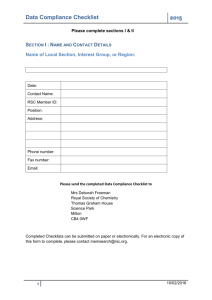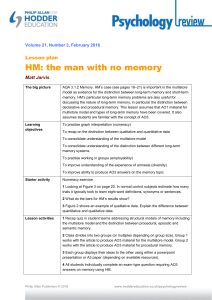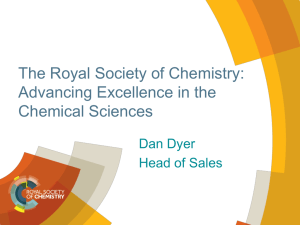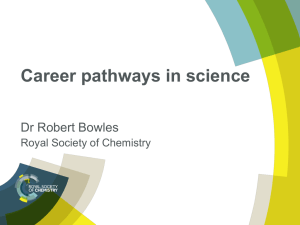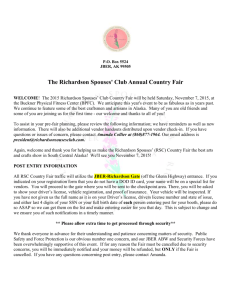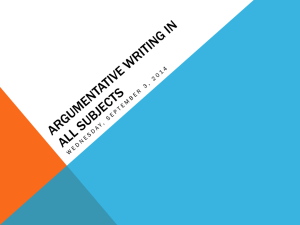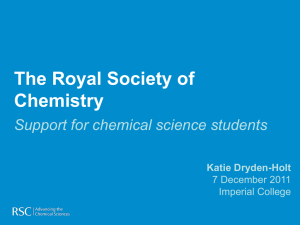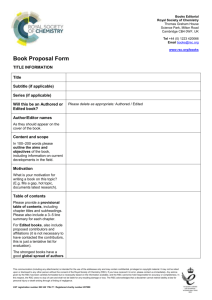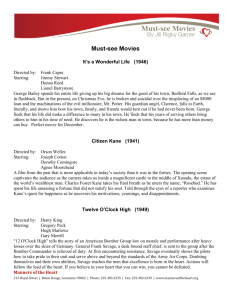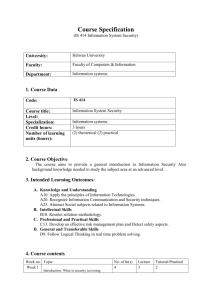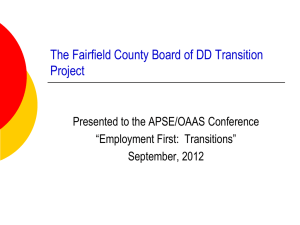AO3 - Other Productions ()
advertisement
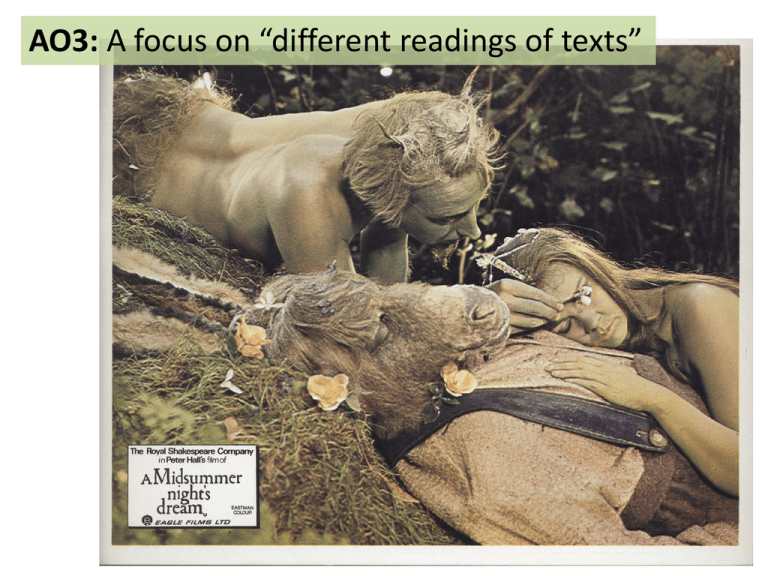
AO3: A focus on “different readings of texts” Three steps to an “informed personal response”: 1. Encountering the play a) A ‘return to Shakespeare’ b) First reactions to the text as a whole c) ‘Beyond liking or understanding’ – an objective look at your shared reactions 2. Working through the text using the AOs as a framework for detailed analysis a) AO2 – looking at language, action and structure b) AO3 – views of the action within the text, by critics, and in performance c) AO4 – issues of the time; reflections of the age (then/now); how the play works for an audience 3. Focusing on the exam/possible questions (exam practice) a) AO1 – core issues (the play’s central concerns) b) AO2 – dramatic structure, setting, characterisation and register c) AO3/4 – historic criticism and reception; modern criticism; significant/effective productions d) AO4 – sources Key AOs for AMND: • critical understanding in analysis of language, form and structure • responses informed by interpretations of others ‘Interpretations of others’ 1. Critical essays and quotes “Candidates [...] need to consider different interpretations of their set texts. Many candidates were able to name a range of well-known critics and engage with their debates, which worked very well...” “Perhaps an active focus in teaching on discovering critics rather than being given a list of critical quotes to learn would be beneficial.” http://pinterest.com/vakeswick/a-midsummer-nights-dream/ Sources for AO3: • Critical anthologies and study guides available for loan • Essay pack and ‘crib sheet’ of critical quotes • Critical interpretations throughout close study of scenes (on PPTs and handouts) ‘Interpretations of others’ 2. Plays in performance “...a substantial amount of comment on the plays in performance. This gave an excellent source of (AO3) dramatic interpretation and informed some very intelligent arguments.” “...much relevant and useful comment on the recent production of the play at Shakespeare’s Globe.” “There has been continued improvement in the use of performance based materials in essays on drama texts. Strong focus on plays in the theatre has led not only to much more efficient writing about how dramatic effects are generated and developed, and how different ‘directorial’ decisions themselves constitute acts of criticism, but also to plays being seen in the context of long and often complex theatrical histories.” You are going to be given a production of A Midsummer Night’s Dream to present to the rest of the class. Your presentation should take the form of a PowerPoint (which can then be uploaded to the course website) and should contain the following where possible: 1. 2. 3. 4. 5. 6. 7. Images of the main characters and scenes, as well as staging and costume design Video clips of key scenes Key extracts from reviews, focusing on interpretation, character, theme and the success of the director’s interpretation Any ‘behind the scenes’ information you can find, particularly with reference to directorial intent and interpretation Any significant information regarding casting, staging etc. A summary of the production’s key decision with regards to character, theme and setting Your opinion about the successes (or otherwise) of the production Peter Hall’s film version, starring Judi Dench, Diana Rigg, Helen Mirren and Ian Holm (1968) Adrian Noble’s RSC production (1994) and film of this (1996) (2 people) The classic Max Reinhardt and William Dieterle film from 1935, starring James Cagney and Mickey Rooney Michael Hoffman’s 1999 adaptation, starring Michelle Pfeiffer and Rupert Everett Peter Brook’s massively influential RSC production, starring Ben Kingsley and Francis de la Tour (1970) Gregory Doran’s RSC production (2005) Peter Hall’s 2011 version for Rose Theatre, starring Judi Dench. (Can link with the person looking at their 1968 collaboration.) Nancy Meckler’s RSC production (2011) Tim Supple’s RSC production (2006) The Globe, 2013 dream40.org Propeller, 2013-14 (currently touring)
